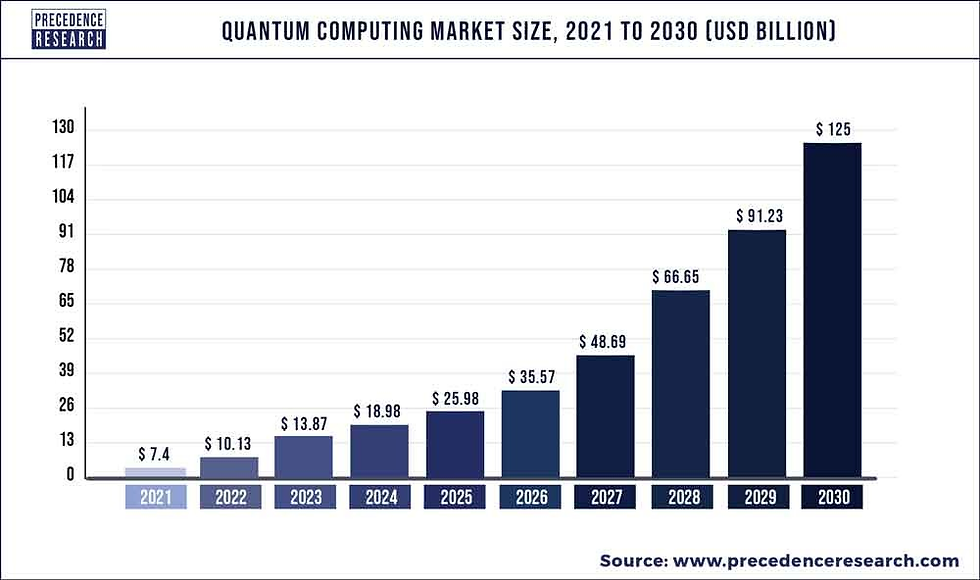Any sufficiently advanced technology is indistinguishable from magic
Arthur C. Clarke, 1962
The 1962 World’s Fair was held in Seattle at a time when technology was really starting to shrink the world – here are some tech innovations from that year:
The University of Manchester’s “Atlas” computer demonstrated virtual memory for the first time, which allowed storage capacity to switch between multiple programs.
Card Random Access Memory (CRAM) was developed, a magnetic-based medium using a deck of 256 cards to record about 5.5mb.
IBM’s first disk drive with a removable disk pack – the IBM 1311 storage drive disk packs had a capacity of 2 million characters.
The first communications satellite that could send & receive communications signals, “Telstar” was launched (it’s still up there today!).
Push button phone technology debuted.
The first LED was created.
Cordless phone technology was developed to solve the Space Needle’s restaurant’s customer ordering problem – you can’t have phone orders in a revolving restaurant if the phones require cables.
Quantum Computing
60 years later the world is at the cusp of a new wave of technological innovation – Quantum Computing. Almost all of us won’t understand exactly how a quantum computer works, but we know it requires a mixture of computer science, physics, and maths to build machines that use quantum mechanics to solve problems.
(No, don’t ask me to explain how quantum computing works … you’ll need to read this to understand what a qubit is and why they’re awesome.)
Australia is no slouch
At least not when it comes to technological innovation. We’ve developed:
Ultrasound
The bionic ear
Spry-on artificial skin
Black Box flight recorders
Artificial pacemakers
Google Maps (Really? Yes! It began as “Where 2 Technologies” in Sydney before being acquired/swallowed by Google)
Penicillin
Polymer bank notes
Electric drills
WiFi
Actually it’s pretty clear that Australia has been an innovation leader for a long time. We’re also in prime position to contribute to the development of quantum computing. A series of businesses and universities are working on a range of QC aspects such as the integrated circuits, hardware control solutions, room-temperature qubit chips, digital security, software and more. Australian quantum startups are blinking into existence every day.
What’s it worth?
The Australian tech sector is already one of our largest industries, employing 1 in 16 workers and generating 8.5% of GDP (approx. $167 billion). It’s expected to grow to $244 billion by 2031 according to the Department of Industry, Science and Resources.
Quantum Computing is set to be one of the next big technological leaps forward, just as we saw a similar wave 60 years ago. These types of step changes require large investment to make them happen. If that investment occurs here, Australia benefits. If the investment gets redirected overseas, we will likely miss out on being part of that first wave of new tech.
On the plus side? We do have a National Quantum Strategy. We have institutions with long track records in innovation and commercialisation. We are well placed to get in on the ground level of a global market worth USD $125 billion by 2030.

The potential is clearly big, really big.
But with big potential comes big risk: in recent years Australia has not been great at nurturing new industries. For example:
Our transition to a low-carbon economy already looks set to miss 2030 emissions reduction targets.
The conversion of our national electricity grid to renewable energy is not going great, we’re still stuck without a national network plan (or at least one that can be implemented).
Next year we will lose Tritium’s Australian EV charger factory to the US.
The learning from Tritium’s case is that a business is entering a new and rapidly growing tech market will essentially be surfing waves of funding:
Phase 1: Concept Proofing
Description: Proving the business concept.
Capital Use: Initial funding to validate the business idea, often through prototypes or initial service offerings.
Key Focus: Innovation and market viability.
Phase 2: First Major Expansion
Description: Implementing the first significant step change.
Capital Use: Funding for major assets like manufacturing facilities, distribution channels, or key technology.
Key Focus: Scaling up operations and market entry.
Phase 3: Market Expansion
Description: Responding to rapid market growth.
Capital Use: Accessing capital to increase capacity and meet growing demand.
Key Focus: Scaling production or service delivery, market penetration.
Phase 4: Competition and Maturity
Description: Navigating a maturing market and intense competition.
Capital Use: Significant investment to stay ahead in a competitive landscape, including large deals and partnerships.
Key Focus: Strategic growth, partnerships, and market dominance.
Phase 5: Leading the Market
Description: Establishing a dominant market position.
Capital Use: Further capital injection for innovation, market expansion, and consolidation of market position.
Key Focus: Long-term sustainability, innovation, and market leadership.
Tritium got stuck with insufficient capital at Stage 3, and this should serve as a warning for governments, investors and businesses for the coming Quantum Computing boom.
%20(1).png)
Comments